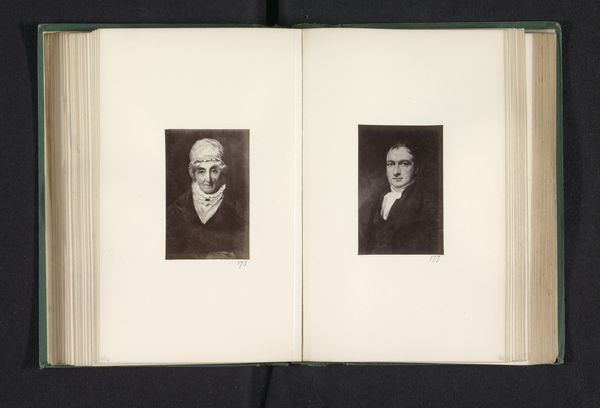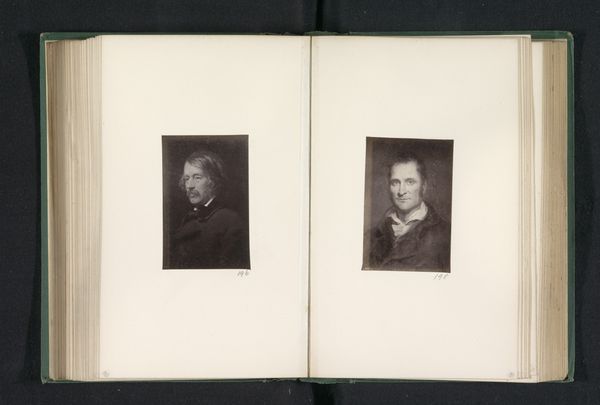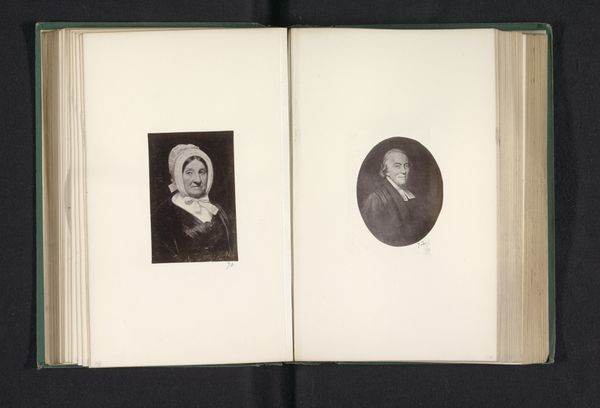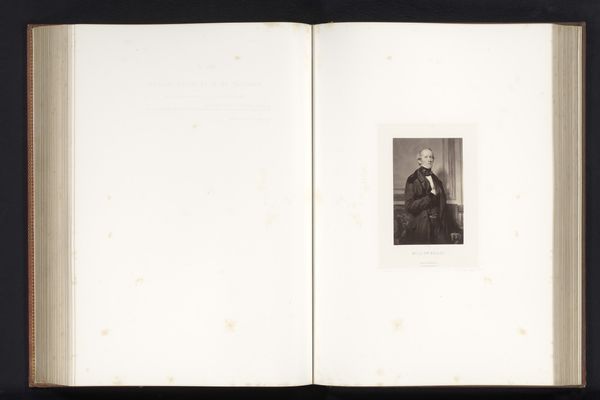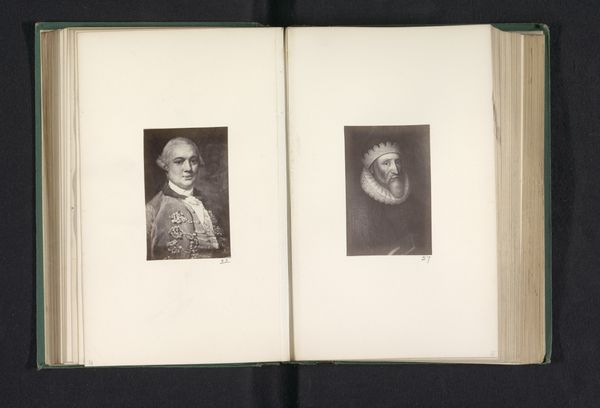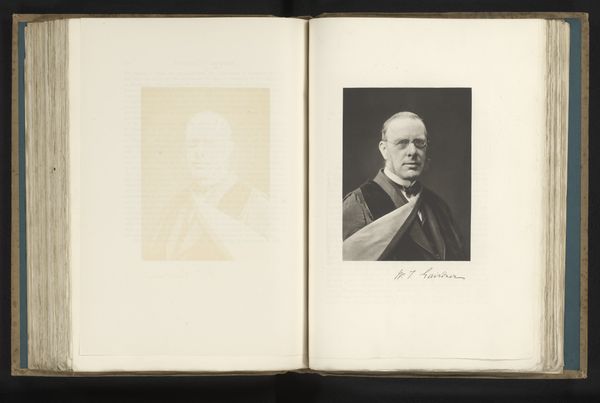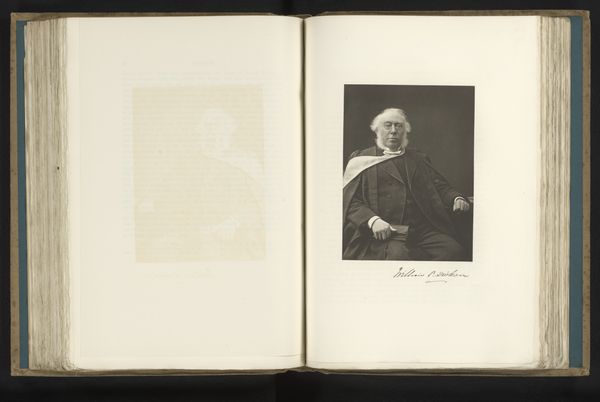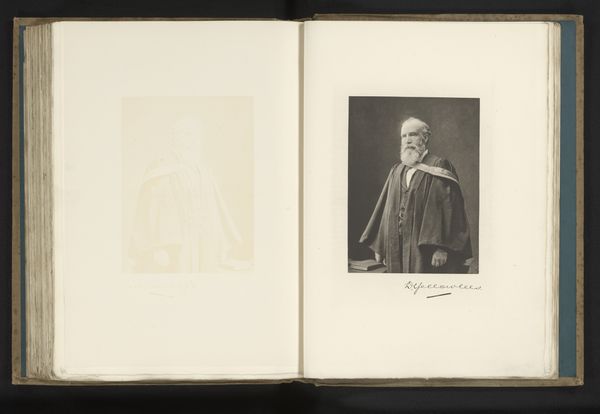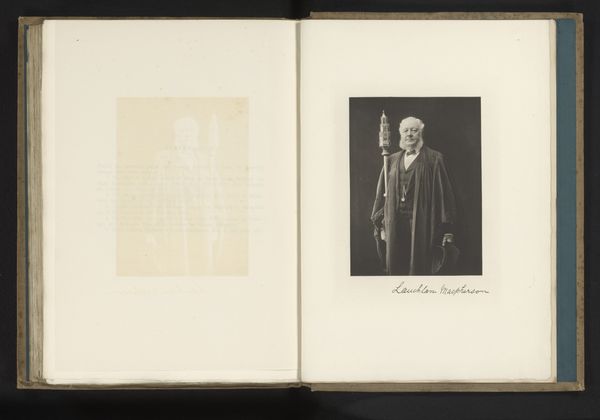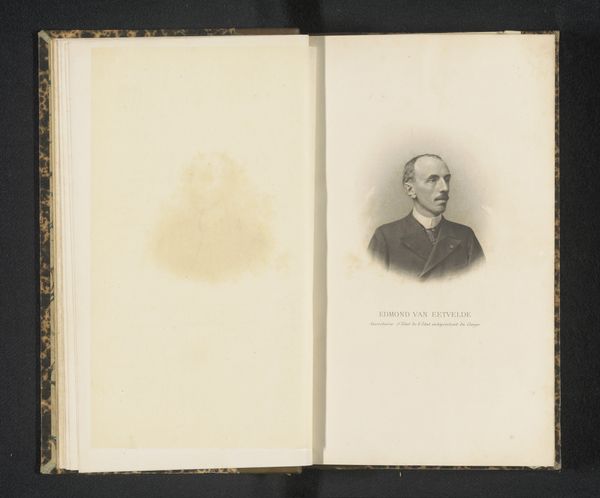
Fotoreproductie van een schilderij, voorstellende een portret van William Clark before 1868
0:00
0:00
Dimensions: height 90 mm, width 60 mm
Copyright: Rijks Museum: Open Domain
This is a reproduction of a portrait of William Clark by Thomas Annan, created using photographic techniques in the 19th century. The image, though small, speaks volumes about the changing landscape of art production at the time. Photography presented a new mode of representation, one deeply entwined with industrial advancements and the rise of mass media. Unlike painting or sculpture, photography relied on a complex interplay of chemistry, optics, and mechanical precision. The gelatin silver process, typical for this era, involved coating paper with light-sensitive emulsions, creating a direct, almost indexical relationship between the subject and the image. Annan’s choice to reproduce a painting using photography is telling. It reflects photography's growing authority as a medium, capable of not just documenting but also interpreting and disseminating existing artworks. The act of reproduction democratized access to art, making portraits like this one available to a wider audience, unbound from the elite circles of original art ownership. By emphasizing material processes and social context, we can better understand how photography challenged traditional notions of art, while creating its own distinct form of cultural significance.
Comments
No comments
Be the first to comment and join the conversation on the ultimate creative platform.
